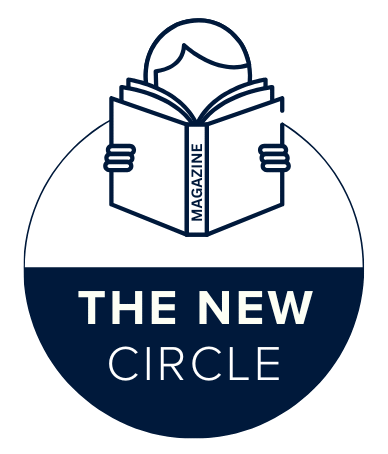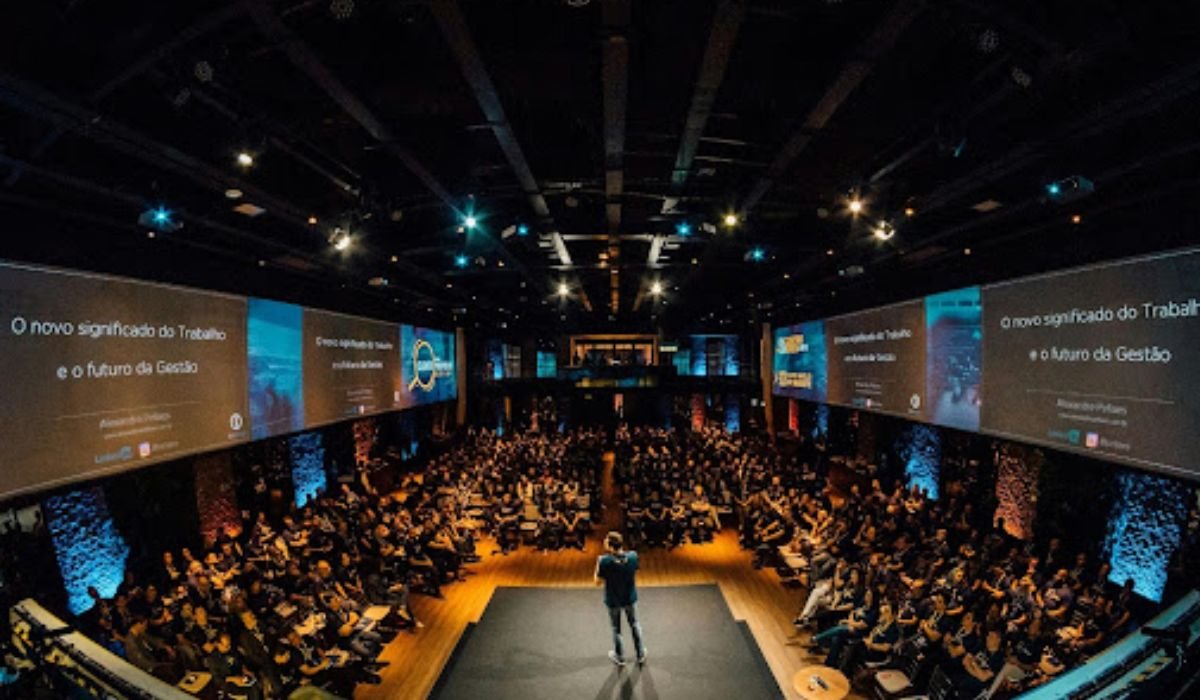You remember, right? The end of a conference, and the trash bins by the exit are overflowing with thousands of plastic badge holders. Thousands of pieces of PVC that will take the next 500 years to break down. In 2026? Well, doing that is basically brand suicide.
Your guests, your sponsors, and your speakers are smarter and more conscious now. They want to know that the event they’re attending isn’t an ecological disaster. And the badge is the first thing you hand them.
So yeah, eco-friendly badges aren’t just a “nice-to-have” anymore. They are an absolute “must-have.”
Seriously, is it that big a deal? It’s just a small piece of plastic…
Yes! But multiply it by your number of guests. And the number of events in the world.
That’s the “scale effect.” But the psychology is even more important. In 2026, guests (especially younger ones) have a built-in sensor for fakeness. If your company is on stage talking about “innovation,” “responsibility,” and “the future,” but you hand guests a piece of petroleum-based plastic at registration, what did you just do? You lost all credibility before the first word was even spoken.
It’s not “just plastic” anymore. It’s a symbol. A symbol of whether your brand actually practices what it preaches or just repeats trendy buzzwords.
But don’t those “eco” badges just look… cheap? Like a piece of cardboard?
That’s the biggest myth! This is why we’re talking about modern sustainable event badges.
Forget that sad, gray recycled paper (although even that can be stylish now!). In 2026, “eco” means “premium” and “creative.” Your options are incredible:
- Seed Paper: This is a huge hit. After the event, your guest can… plant their badge in a pot, and it will grow flowers or herbs. A brilliant, memorable takeaway!
- Premium Thick Cardstock: We’re talking beautiful, textured, heavy-weight card that feels more luxurious in the hand than any plastic.
- Bamboo or Wood: Want to show off a premium status? A laser-engraved badge made from thin bamboo looks amazing and is 100% biodegradable.
- rPET: These are badges made from old, recycled PET bottles. They look like plastic, but they give you a great story to tell (“Your badge used to be a Coke bottle!”).
Fine, but it’s definitely more expensive and complicated…
Are you sure? Let’s do the math.
- Is it more expensive? Not necessarily. Think about the cost of a standard badge: you have to buy the plastic holder (Cost 1) + print and cut the paper insert (Cost 2) + pay people to stuff those thousands of inserts into the holders (Cost 3). A modern eco-badge is ONE item—you print directly on it. The final cost is often very comparable, and sometimes even lower!
- Is it complicated? Absolutely not. Any modern badge supplier has these options as standard. It’s their bread and butter now.
OK, you’ve convinced me. What’s the “next step” in this trend? What’s the 2026 hit?
The hit is “holistic thinking,” or closing the loop.
It’s not enough to just hand out an “eco” badge. A truly conscious organizer in 2026 does two extra things:
- Dedicated Recycling Bins: You place beautifully branded bins at the exit that say, “Leave your badge here! We’ll recycle it.” It shows you have a plan from A to Z. It also scores massive PR points (and looks great on Insta!).
- Recycled Lanyards: What’s the point of an eco-badge if it’s hanging on a brand new, polyester lanyard straight from a factory? Now, lanyards are also made from rPET (those same bottles) or bamboo. The whole set has to be consistent.
Or maybe… just… zero badges?
For many events (especially smaller, tech, or internal ones), the standard in 2026 is becoming the digital badge. The guest simply has a QR code in their event app or in their Apple/Google Wallet on their phone. You scan the phone, and they’re in. Zero waste, zero production costs, instant updates.
The truth is, in 2026 the choice is yours: you either go with creative, tangible eco-materials that make an impression, or you go with super-modern, zero-waste digital.
One thing is for sure: the era of thoughtless, single-use plastic at events is officially over. And that’s a very good thing.

